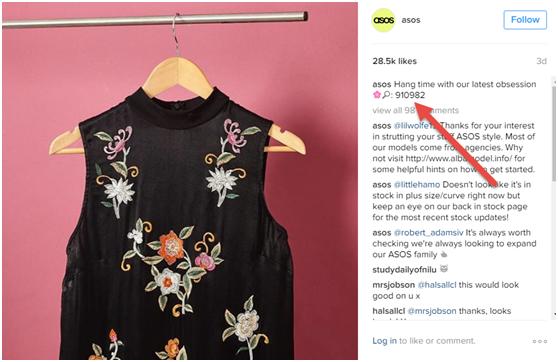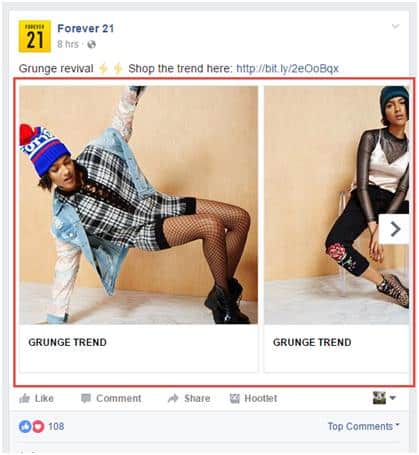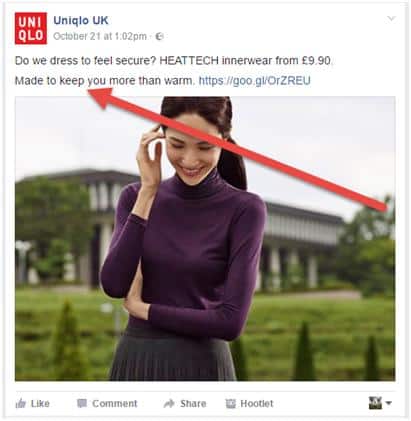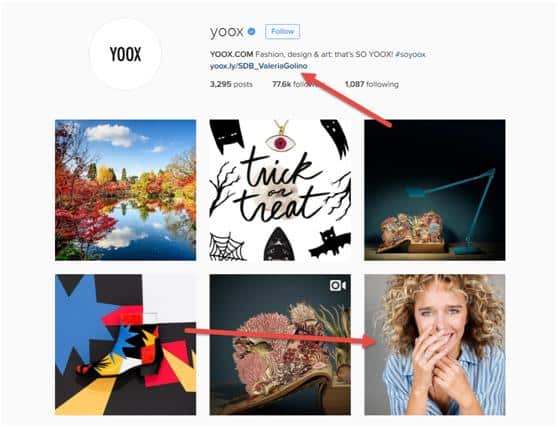With all the buzz around the use of social media platforms for business, it might be a bit of a downer to find out that social media marketing strategies represent 1.08 percent of e-commerce website visits that result in purchases.
These low conversion rates should not scare you, though. There is gold for your business in social media interactions.
Find out below is why and how you can better exploit the hidden benefits of Social Media.
Social Media and the Customer Journey
By engaging one out of every five minutes spent online, social media takes up a significant portion of internet users’ behavior. Nearly 2.1 billion people have social media accounts and some of these active users access social media platforms more than once a day.
For business, though, this intense social activity does not bring a direct increase in sales, representing just 1.55 percent of all e-commerce traffic, staying behind search and trailing email.
In most cases, the brand awareness built by social media impacts early in the customer journey to online purchase process, in rather qualitative attributes. Depending on industry and country, social media impact might also happen later on the customer journey.
The early impact of social media platforms sets up three main needs:
Additional steps in the purchase process: As users access social media platforms to socialize, not to shop, it takes extra steps to drive them from social browsing to a buying mindset. ASOS addresses it by putting an item ID next to the Instagram image

And Forever21 has Facebook posts with carousels featuring one of the trends

A relevant call-to-action: With so much going on in social media platforms, users need an attracting call-to-action to get hooked on offers of products and services. Look how Uniqlo addresses this issue by promoting its thermal wear during the autumn season:

Tailored landing pages: Streamlined purchase processes improve conversions of prospects stepping out of social media platforms by effectively switching them to buying mode. For instance, when Yoox, an online fashion retailer, features a designer, it changes the link in the Instagram bio

So that it goes to a landing page devoted to this designer:

If you need extra steps, relevant calls-to-action, and tailored landing pages, how come Social Media is so important for conversions?
Social Media builds brand awareness like nothing else.
Business who are active in social media create an aura of closeness with their followers. With heightened awareness, these businesses are able to drive targeted traffic to their sites, while improving their site’s SEO and providing a quality experience to their audience. All these steps build trust between them and their future (and present) customers.
You already know how trust plays a vital currency on online markets, so keep in mind that:
1. You can drive targeted traffic to your site through social media posts.
A well-planned strategy of engagement can drive valuable targeted traffic to your business’ website. Through organic and advertised reach, social media posts can find your ideal customers and direct them to your business’ site.
A successful social media strategy relies on defining clear objectives, according to your business current needs.
Some amazing facts and statistics on social media reach:
- Average advert click through rate on Facebook is 9%, adding a CTA button can lift click-through-rate by 2.85 times
- Facebook adds 500,000 new users every day; 6 new profiles every second
- 72% of all online US adults visit Facebook at least once a month
- The average (mean) number of friends is 338, and the median (midpoint) number of friends is 200
- Half of internet users who do not use Facebook themselves live with someone who does. Of those, 24% say that they look at posts or photos on that person’s account
- The last two years have seen a5x increase in customer service conversations on Twitter
- Companies using Twitter for customer service see a 19% lift in customer satisfaction
2. You can improve your site’s SEO with social media.
Social media helps you create and share high-quality, authoritative content to naturally attract external links. The increase in external links help your site rank higher in search engines as part of your inbound marketing strategies. For this strategy, you have to focus on creating appealing content to your business’ personas.
These Twitter statisticscan give you a better idea of users’ engagement with businesses on social media:
- The average Twitter user follows five businesses
- 80% of Twitter users have mentioned a brand in a Tweet
- 54% of users surveyed by Twitter reported that they had taken action after seeing a brand mentioned in Tweets (including visiting their website, searching for the brand, or retweeting content)
- Tweets with images receive 18% more click-throughs, 89% more likes, and 150% more retweets.
- The last two years have seen a5x increase in customer service conversations on Twitter
3. You can give a quality experience to your audience through social media.
By providing your followers a quality experience, you build authority and strength your relationship with prospects. This experience transforms followers into customers and customers into returning customers.
All because they relate to the brand image you created on social media. Over half of Americans who follow social media are more loyal to those brands.
Brands’ interactions with followers in social media present some interesting statistics:
- People aged 55-64 are more than twice as likely to engage with branded content than those 28 or younger
- 96% of the people that discuss brands online do not follow those brands’ owned profiles
- 78 percent of people who complain to a brand via Twitter expect a response within an hour
- 49% of users like a Facebook page to support a brand they like
- 77% of Twitter users feel more positive about a brand when their Tweet has been replied to
- 80% of Twitter users have mentioned a brand in a Tweet
4. You can use social media to build trust
When your business gains authority through social online presence, it also brings in amazing social proof, especially if you maintain contact with your followers by, for instance, answering inquiries and helping them solve problems.
Both authority and social proof help your brand build customers’ trust.
How can Social Media help you achieve higher conversion rates?
Customer Retention
By engaging your customers on social media, you will likely retain them. Always keep in mind that the probability of selling to an existing customer is 60 – 70%, while the probability of selling to a new prospect is 5-20%.
In theory, new customers who interact in social media with your business have a higher chance of staying customers for longer.
Focus on creating content that captivate customers, make them relate to the brand and become loyal. Take advantage of social media to build lasting relationships with customers.
Customer Service
Customers are using social media to contact companies when they are not satisfied with a product or service.
Prepare yourself and your team to handle complaints on social media. Be ready to answer fast and come to the platforms with a problem-solving mind.
Customers will feel listened and welcomed.
Would you like to take more advantage of these social benefits? Check our 5 ways to increase conversion rates with social media.



